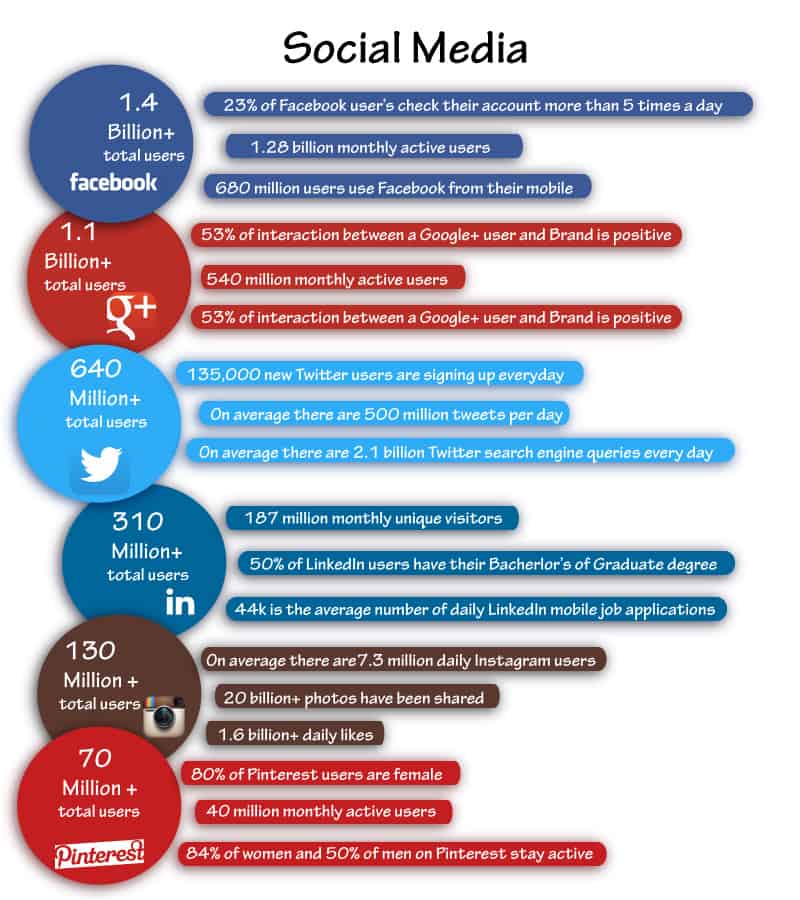
Starting up a website is hard.
Thousands of people are already in your industry and have already got a strong following.
Sometimes breaking into the crowd can seem impossible.
After all you’ve checked out the leading authorities on building up traffic, they’ve all had plenty of advice to give.
Yet here you are looking for more techniques to even get started on building traffic to your site.
Nothing has worked.
You start to wonder…
Have you failed as a content writer? Is your SEO really that terrible?
“…Is my website, useless?”
Building up a following can be really tough. I mean real tough, like climbing mount Everest with banana skin shoes tough.
But it is possible, people have managed it. (Popular Blogs, not climbing Everest with banana’s. Maybe one day).
So, the question, is how?
Out of all of the building traffic techniques you’ve read about:
- SEO
- AMA’s
- Social Media
- RSS Feeds
- Video
- Landing Pages
- Email Marketing
- Marketing Automation
- Calls to Action
- Analytics
- Following popular blogs
None of them work.
Most suggested traffic techniques just don’t work
Here’s the cold, hard truth.
There are only four methods which do work, for a Beginner.
“There are only four ways to get traffic to my site?
That can’t be right. Surely not.
I’ve read all of those great posts on Moz, Hubspot etc. about building traffic…
And I mean well, it all makes sense.”
So why hasn’t any of it worked?
Because the vast majority of what people are saying just isn’t effective for startups.
Think about it.
These websites are aiming their blogs at businesses which already have a somewhat popular website, who are just trying to boost their website even further.
If your just starting out and are paying close attention to your followers, then what are you doing?
You don’t even have any followers,
Yet.
You can’t waste time on lead nurturing, email campaigns etc. When you don’t have an audience.
Leading authorities don’t write about how to get traffic, they write about how to improve your traffic.
This is a massive difference and which honestly, should be made much clearer. Your not the only people who have been struggling to figure out how to get their website to take off, TCmarketing included…
How to get Traffic for a Beginner (The only Four Techniques)
…So what exactly is effective for startups?
1. Guest Blogging
If your just starting out and looking to hit your mark on the web scene. This should be your weapon of your choice. Guest blogging is extremely effective at producing unique, targeted visitors for a start up website. The best bit? There are no prerequisites, all you need to get started is a few popular bloggers in your industry.
Steps:
- Write a Guest Post
- Ask for a small favour of linking your guest post to related posts
- If someone shares your post, get to know them! Chances are they will share your blog too
- Instead of linking back to your home page, link to your email opt in. This could get you many subscribers
2. Interviews/pod-casting
Not only do a lot of people want to hear what industry experts have to say. Industry experts have a lot to say. Don’t be afraid to ask to do an interview with influential people, as long as you keep it relevant interviews are beneficial to everyone.
Steps:
- Plan your interview
- Get as many Bloggers involved as possible (within reason)
- Get permission to share your findings with the world, think about putting this behind a landing page/opt-in list
3. Outreach
Generally spending the time to put out a truly fantastic and original post just does not generate the visitors to be worth while. But here is the interesting part, if you pair them with outreach and the results can be staggering. However your going to need to be prepared to face rejection. Even if your content is truly some of the best in your industry.
Steps:
- Identify Influential Bloggers
- Get Noticed (comments, email, social)
- Request a share/guest post/backlink etc.
- Build the relationship
4. Advertising
When it comes to earning traffic as a beginner, this is the real deal. Advertising greatly out paces any other technique for generating traffic to your website as a beginner. However there is one flaw with this technique, which I’m sure you’ve already cottoned on to. That’s right, money. Now I’m not going to say go and bust your life savings on advertising for your website. However if you think you are ready for that increased volume, advertising can save you months of work, that’s how effective it is.
Get on with it then!
That’s it! The four techniques you need to invest in to build up traffic to your website.
So, what are you still reading this for?
Get out there and grab that web traffic, it’s waiting for you!
Seriously though, I hope our guide on how to get traffic for your start-up website was useful.
I mean, I put in enough time writing this.
So give me a share! Tweet this to your friends! Recommend me to your industry leaders!
By Gabriel Hourigan,





